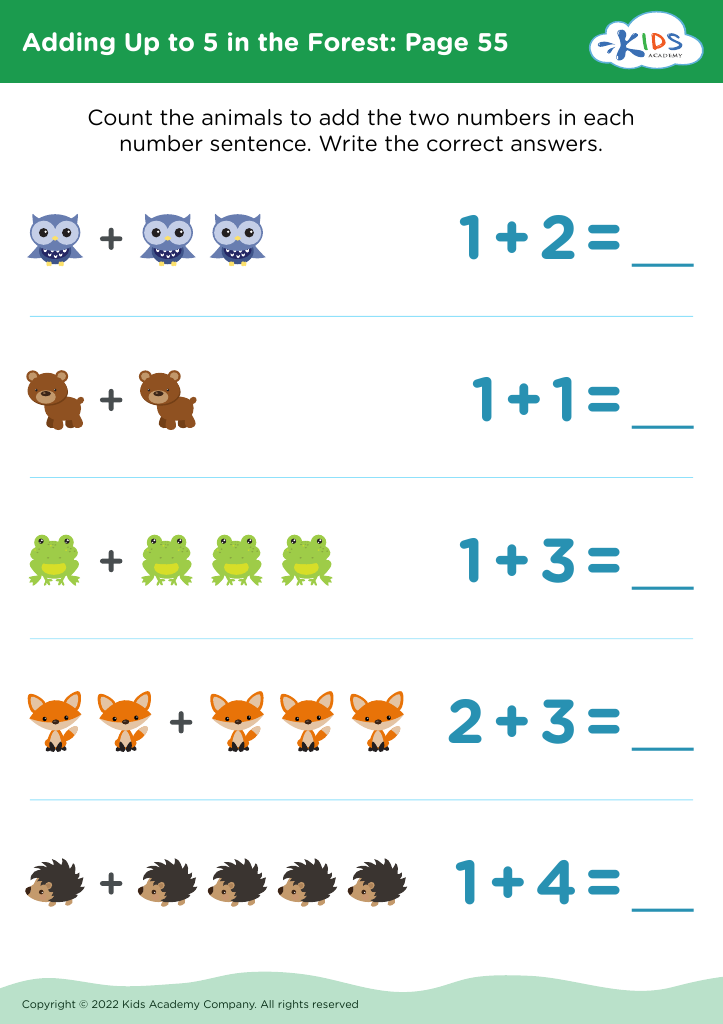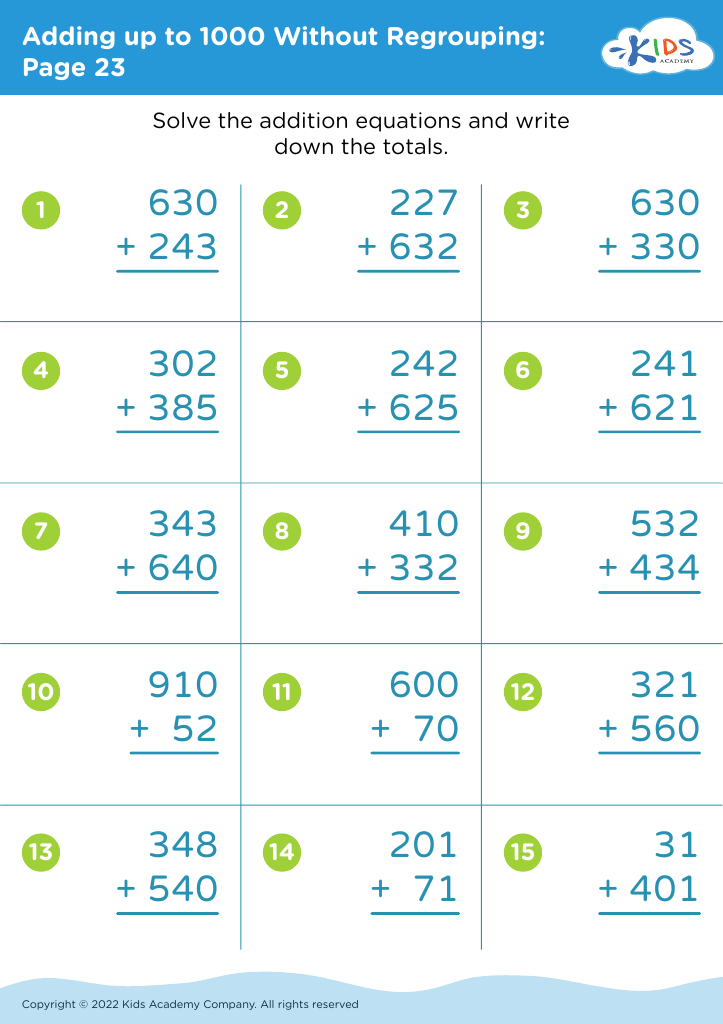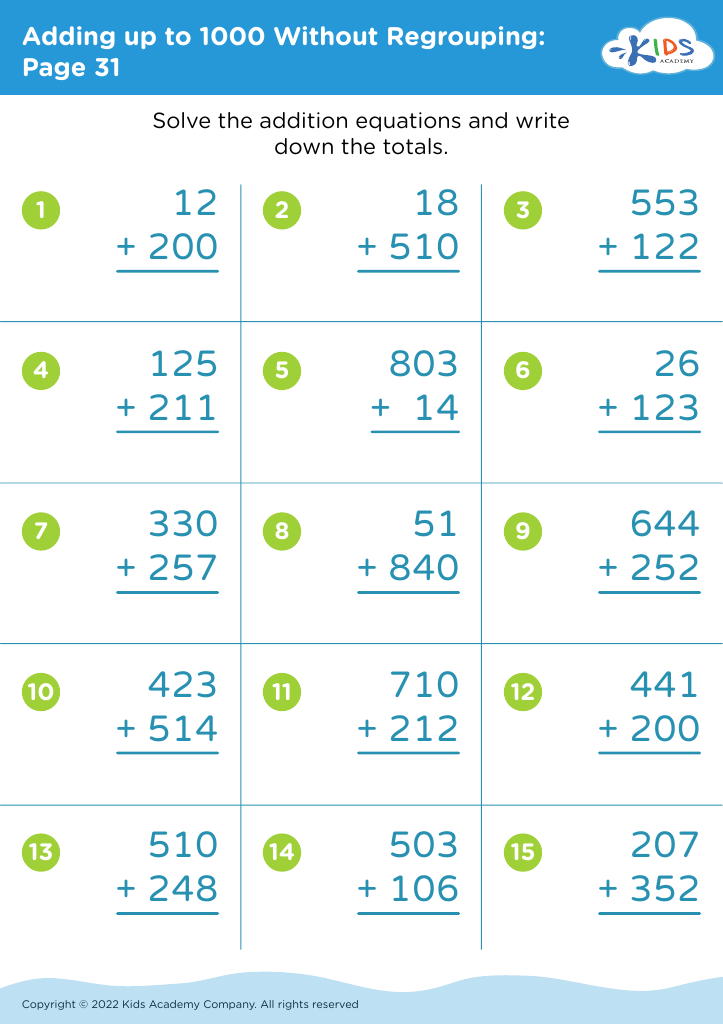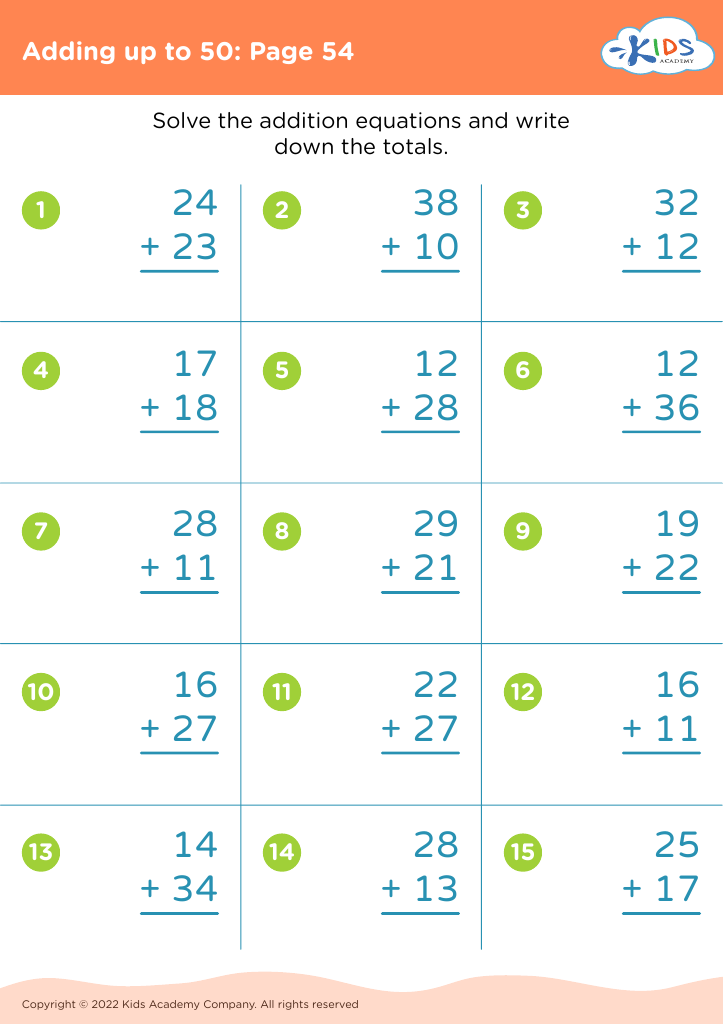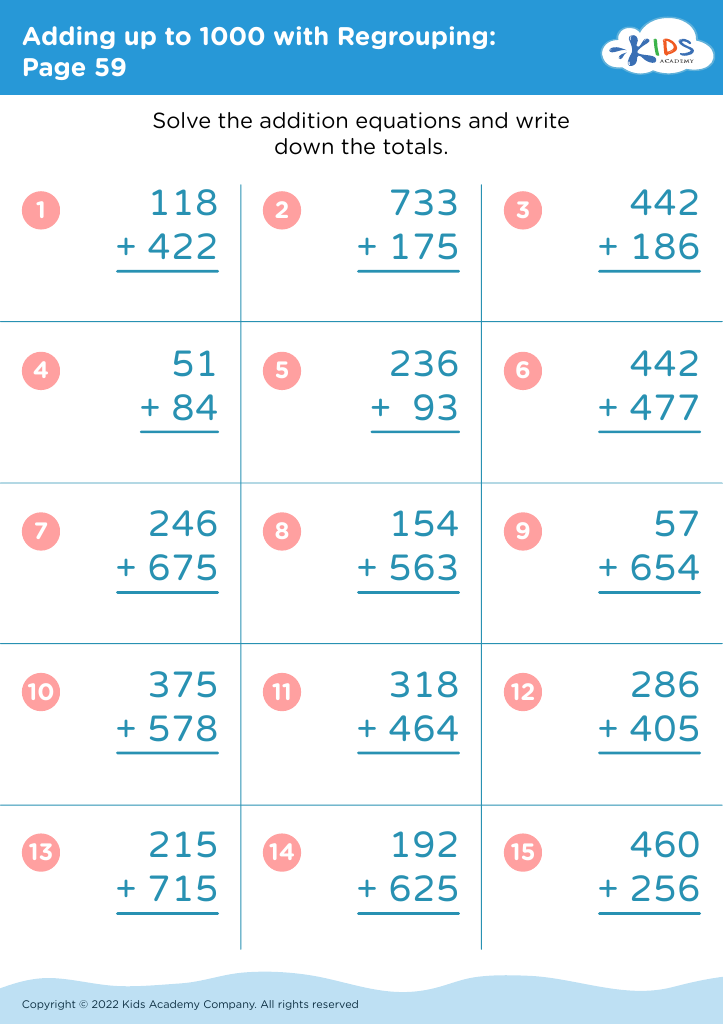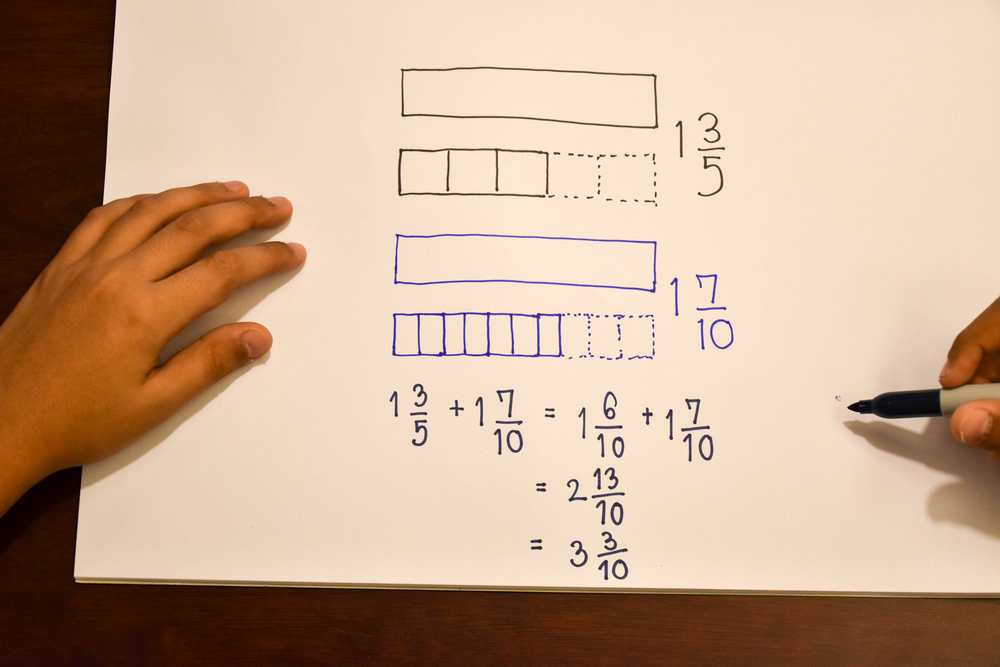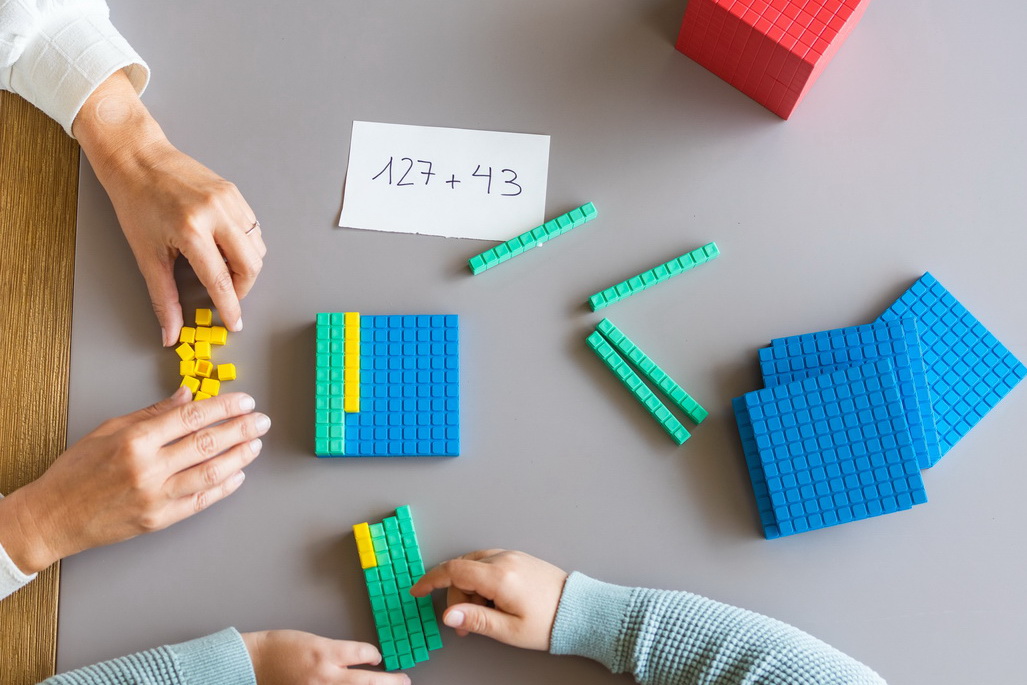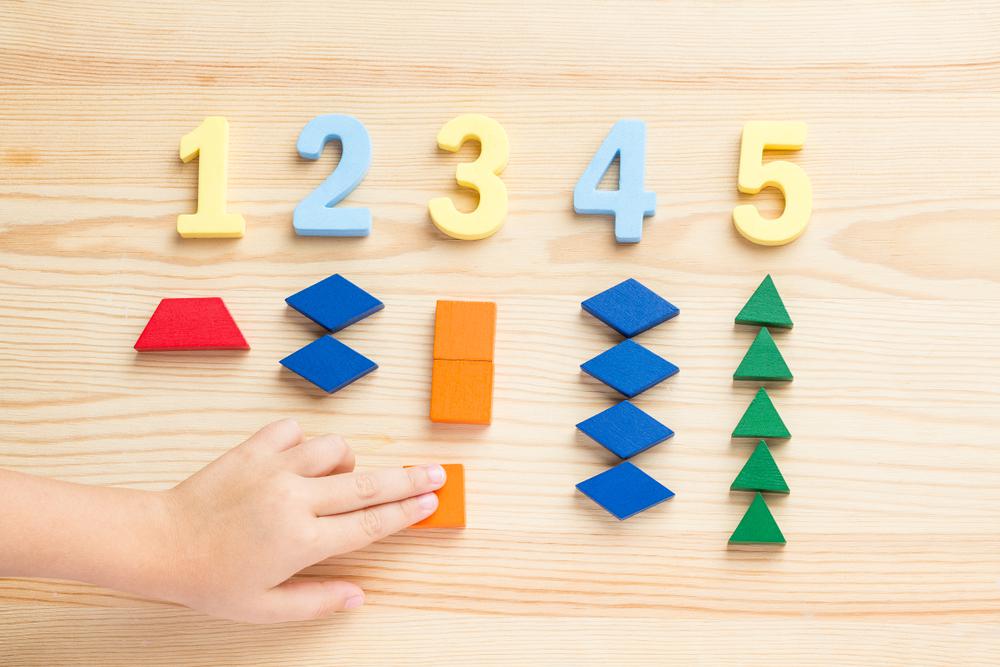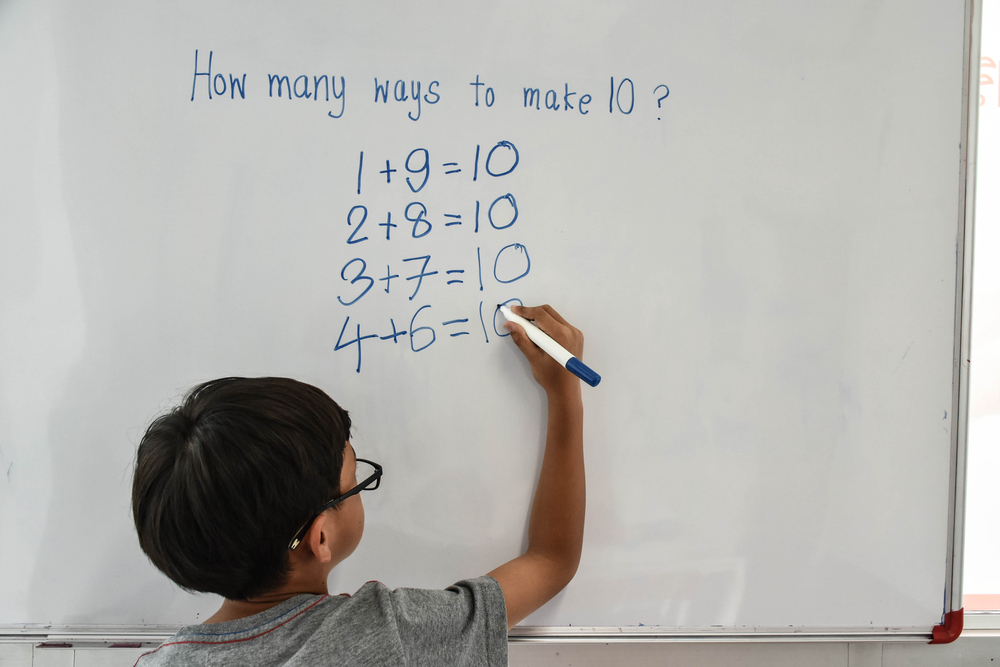Visual interpretation Addition & Subtraction Worksheets for Ages 3-8
5 filtered results
-
From - To
Discover engaging Visual Interpretation Addition & Subtraction Worksheets designed specifically for young learners aged 3-8! At Kids Academy, these worksheets utilize colorful images and illustrations to enhance children's understanding of basic math concepts. Through fun visuals and interactive exercises, students will develop a strong foundation in addition and subtraction while building critical thinking skills. Ideal for parents and teachers alike, our worksheets make learning math enjoyable and relatable, bridging the gap between visual learning and arithmetic proficiency. Help your child master essential skills in a playful way—download our Visual Interpretation Addition & Subtraction Worksheets today and watch them excel!
Visual interpretation in addition and subtraction plays a crucial role in the foundational math skills of children aged 3-8. This age range is critical for cognitive development, where children are transitioning from concrete thinking to more abstract reasoning. By using visual aids—such as blocks, number lines, or drawings—teachers and parents can help children grasp mathematical concepts more effectively.
Visual interpretation encourages engagement and comprehension. When children can see the numbers represented visually, they can better understand the relationships between quantities, making addition and subtraction less intimidating. This method also caters to different learning styles; some children learn best through visual stimuli rather than auditory instructions.
In addition, mastering these basic operations helps build confidence, laying the groundwork for more complex mathematical concepts later on. Early exposure to such visuals can instill a love for math, reducing math anxiety and fostering a positive attitude towards learning.
Moreover, understanding visual representations extends beyond mathematics; it enhances critical thinking and problem-solving skills. Thus, parents and teachers should prioritize visual interpretation in math education to ensure children are not only competent in math but also capable of thinking logically and creatively in various situations throughout their educational journey.
